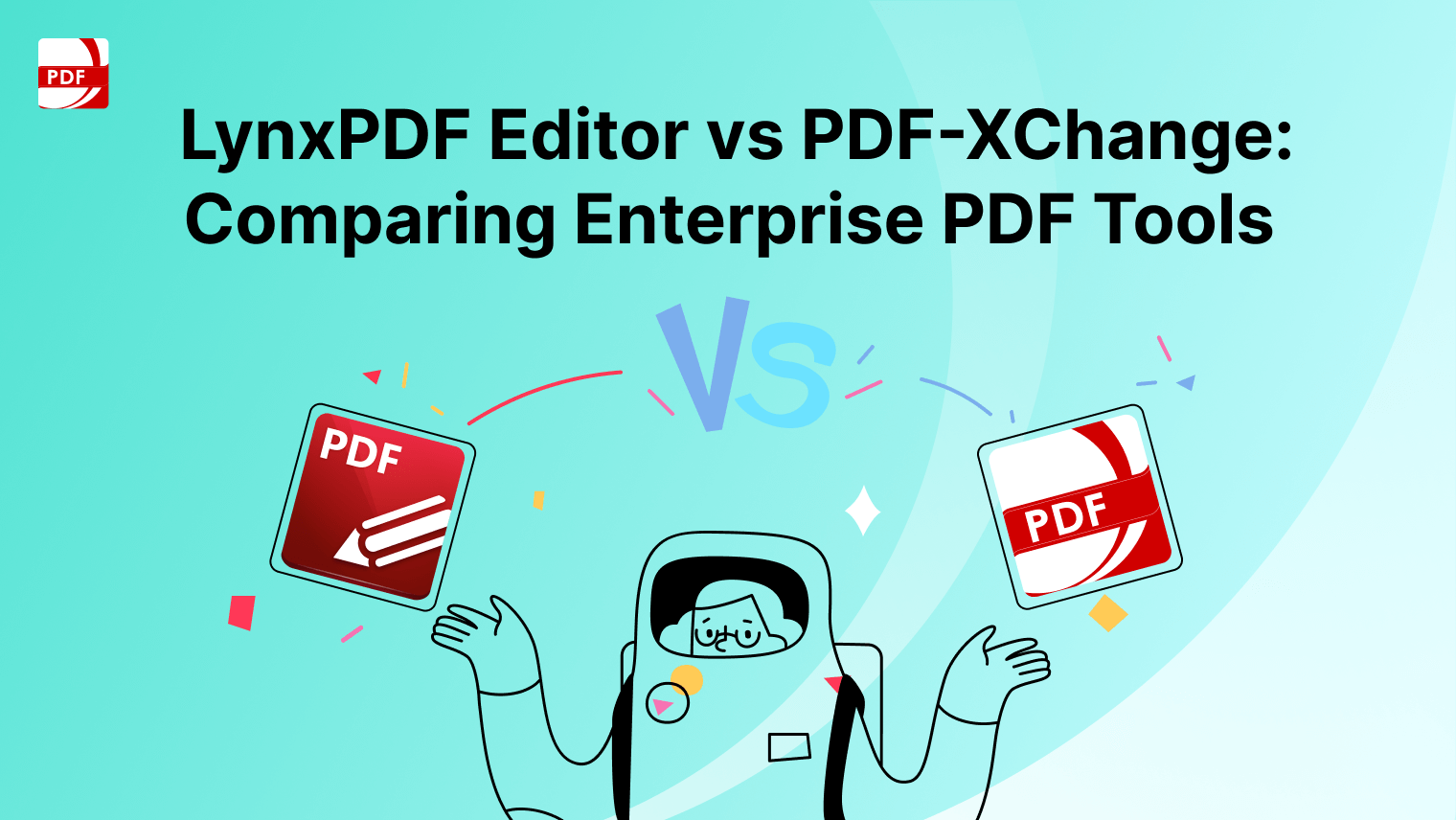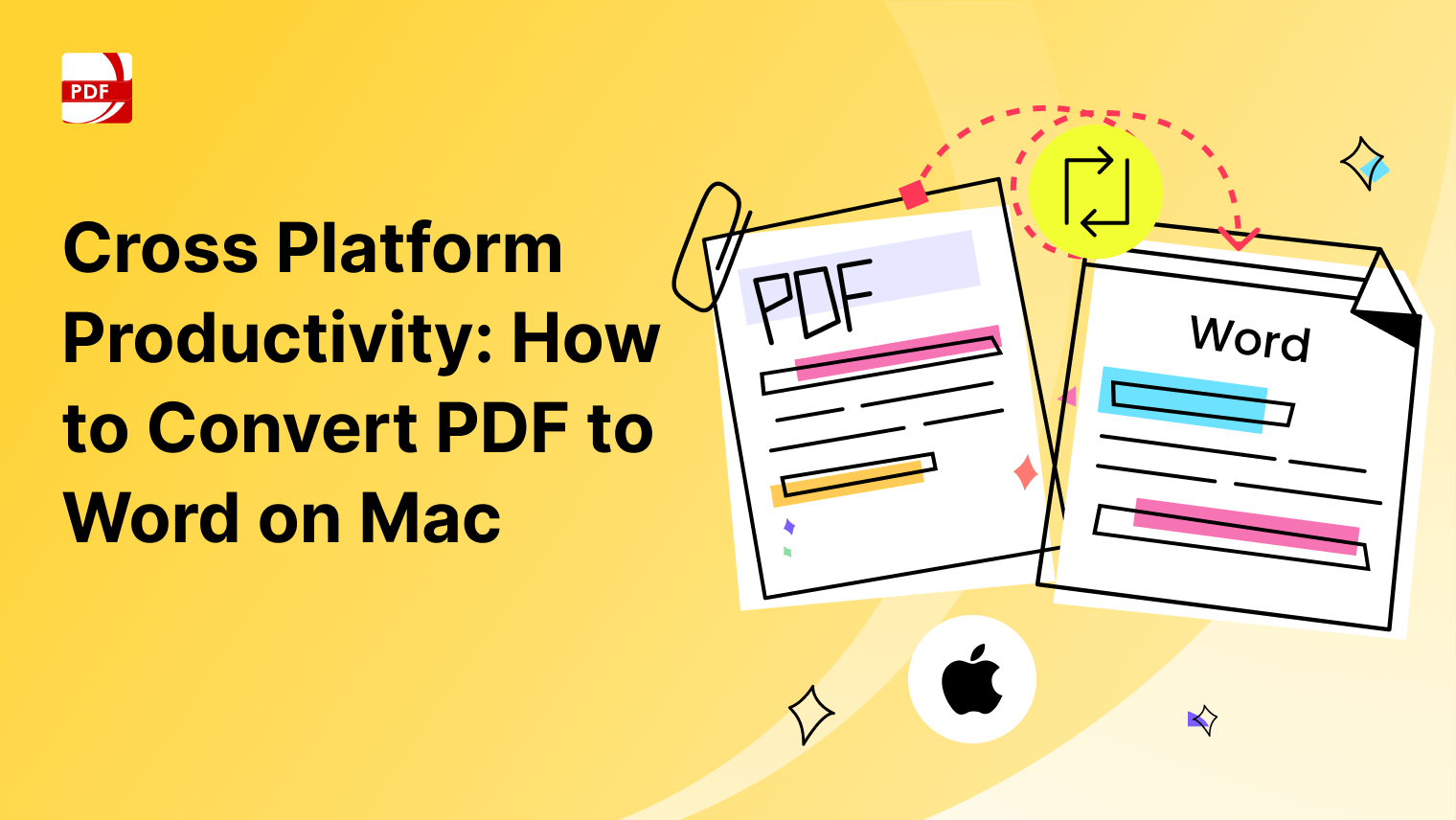Enabling a PDF Accessibility Checker is crucial for creating documents that are inclusive and accessible to everyone, including people with disabilities.
This tool scans PDF files for accessibility issues and provides a detailed report, ensuring that your documents meet quality standards, comply with regulatory requirements like WCAG 2.1, and adhere to accessibility standards for screen readers and other assistive technology.
Understanding PDF Accessibility
A PDF becomes accessible when it meets certain standards that allow screen readers and other assistive technology to interpret and present the content to users with disabilities effectively. This means having a logical reading order, proper tagging, and ensuring all elements are accessible, from text to images and form fields.
The importance of accessibility in documents cannot be overstated; it ensures inclusivity and equal access to information for all, including people with disabilities, and meets compliance requirements like WCAG 2.1.
Preparing Your Document
Tips for creating accessible PDF documents:
- Use Accessibility Checkers: Tools like Adobe Acrobat's built-in Accessibility Checker or other third-party software can help identify and rectify accessibility issues in your PDF files.
- Proper Tagging: Ensure that all elements in the PDF, such as headings, lists, tables, and alt text for images, are properly tagged to provide a logical reading order and structure for assistive technology.
- Readable Text: Text should be selectable and readable by screen readers. Avoid image-only PDFs and provide alternatives for complex images or diagrams.
- Form Fields: If your PDF includes forms, label all form fields and make them interactive so that they can be filled out using assistive technology.
- Logical Order: Use the Reading Order and Tags panels in PDF editing tools to ensure the content is organized logically and follows a sequence that makes sense when read aloud.
- Language Specification: Specify the primary language for the document to ensure correct pronunciation and reading order.
Common issues that hinder accessibility:
- Image-Only PDFs: Text that is part of an image cannot be read by screen readers unless alt text is provided.
- Lack of Structure: Without a logical structure provided by tags, screen readers can't interpret the order or importance of content.
- Inaccessible Form Fields: Forms that aren't properly tagged or labeled can't be filled out by users with disabilities.
- Complex Tables: Tables without proper headers and structure can be confusing for screen reader users.
- Missing Alt Text: Images, graphs, and charts need alternative text descriptions to convey their meaning to those who can't see them.
- Poor Color Contrast: Insufficient contrast between text and background can make text unreadable for people with visual impairments.
- Inconsistent Navigation: Lack of clear and consistent navigation can make it difficult for all users, especially those using assistive technologies, to find the information they need.
Enabling PDF Accessibility Checker (PAC)
Choosing the Right Tool
When selecting a PDF accessibility checker, consider tools like Adobe Acrobat Pro, known for its comprehensive accessibility checker and ability to provide a detailed report on issues. PAC (PDF Accessibility Checker) is a free option that checks against PDF/UA (ISO 14289) and WCAG standards, crucial for making PDF files accessible to people with disabilities.
Foxit PDF Editor is another notable tool, offering specific features to ensure your PDF documents meet various accessibility standards. Look for features such as compatibility with assistive technology, ability to check logical document structure, and ease of use for both average and advanced users.
Installation and Setup
To install PAC or similar tools:
1. Download: Obtain the latest version from the official source, ensuring it meets current accessibility standards and offers a robust accessibility check.
2. Install: Follow the instructions, paying attention to any accessibility features or accessibility tool integrations you might need.
3. Configure: Set your preferences, including accessibility repair workflow, document language, and types of accessibility issues to check for, ensuring your documents are usable by screen readers and other assistive technologies.
Using the PDF Accessibility Checker
Running the Check
- Open PDF in Compatible Software: Use Adobe Acrobat Pro, Foxit PDF Editor, or similar.
- Navigate to Accessibility Tools: Found in the Tools Menu or the Hamburger Menu.
- Select 'Accessibility Check': This option analyzes document structure, logical reading order, and form fields.
- Focus on Assistive Technology Compatibility: Ensure content is accessible for screen reader users and others.
Understanding the Results
- Review Accessibility Report: A detailed report indicating compliance issues and accessibility status.
- Check for Common Issues: Missing alt texts, untagged content, and WCAG 2.1/PDF/UA compliance.
- Look for Certification Report: Summarizes the overall accessibility of the document.
Making Corrections
- Address Identified Issues: Using tool features such as the Reading Order Dialog Box and Tags Panel.
- Add Descriptive Text for Images: Crucial for image-only PDFs and screen magnifier compatibility.
- Ensure Accurate Form Field Labels: Labels and descriptions should be clear and descriptive.
- Test on Various Devices: Confirm accessibility on mobile devices and through different assistive technologies.
- Advanced Corrections: For intricate aspects like manual inspection or alternative input device testing.
"Regularly check PDFs for accessibility, especially for documents intended for public distribution or used by people with disabilities."Naaziyah IsmailB2B SaaS Content WriterSource: LinkedIn
How to Improve PDF Accessibility
PDF Reader Pro offers several features that enhance PDF accessibility, ensuring that documents are more usable for individuals with disabilities. Five notable features include:
-
Text-to-Speech (Read Aloud): This feature allows the PDF content to be read aloud, aiding users with visual impairments or reading difficulties.
-
Annotation Tools: Users can highlight, underline, or add notes to PDFs, which is beneficial for those who need to mark essential sections or require additional guidance to understand the content.
-
Customizable Viewing Options: PDF Reader Pro provides options to adjust the text size, background color, and contrast settings, making documents easier to read for users with visual impairments.
-
Search Functionality: The software includes a robust search feature that allows users to quickly find specific text within the document, improving navigability for users with cognitive disabilities.
-
Bookmarking and Navigation Features: Users can create bookmarks and use easy navigation tools to move through the document efficiently, which is particularly helpful for users with motor disabilities who might find it challenging to scroll through lengthy documents.
These features collectively make PDF documents more accessible and user-friendly, particularly for individuals who rely on assistive technologies or have specific accessibility needs.
Enhance your PDF Accessibility using PDF Reader Pro on your Mac device!
PDF Accessibility Checker: Best Practices
Here are a few Best Practices:
- Utilize Accessibility Features: Leverage the comprehensive accessibility features available in PDF tools, ensuring documents comply with standards like WCAG 2.1 and Level AA.
- Select the Right Accessibility Tool: Choose a tool that best fits your needs, whether it's Adobe Acrobat's built-in accessibility checker, Foxit PDF Editor, or other specialized software.
- Ensure Accessibility of PDF Files: Regularly check PDFs for accessibility, especially for documents intended for public distribution or used by people with disabilities.
- Monitor Accessibility Status with Reports: Utilize tools that provide detailed accessibility reports, helping identify and rectify compliance issues and enhance document structure.
- Comprehend Document Structure: Understand and maintain a logical document structure, which is crucial for screen readers and assistive technology.
- Test with Screen Magnifiers and Readers: Regularly test PDFs with screen magnifiers and readers to ensure they are accessible to users with visual impairments.
- Implement Proper Tagging: Properly tag PDF content, including form fields and alternative text for images, to ensure it's accessible and navigable.
- Adjust Document Language Settings: Set the primary language in document properties to aid assistive technologies in correctly interpreting the content.
- Use the Tools Pane Efficiently: Familiarize yourself with the tools pane in your PDF software for quick access to accessibility features.
- Inspect with Manual Inspection and Remediation: Supplement automated checks with manual inspection and use the tags panel for remediation steps, addressing issues like reading order and tagging accuracy.
- Consider PDF Content and Context: Always consider the content and context of your PDF, ensuring it aligns with accessibility standards and user expectations.
- Stay Informed on Accessibility Enhancements: Keep abreast of the latest enhancements in PDF accessibility tools and standards to ensure your documents remain compliant and accessible.
Frequently Asked Questions
What are the key accessibility features in PDF documents?
Features include logical document structure, proper tagging, and readable text for screen readers. They also encompass accessible form fields and alternate text for images.
How do I know if a PDF is accessible?
Use a PDF accessibility checker tool like Adobe Acrobat or Foxit PDF Editor. These tools provide an accessibility report indicating the compliance status, highlighting issues like missing tags or inaccessible content.
What are machine-testable checkpoints in PDF accessibility?
These are specific criteria that can be automatically tested by software, such as proper tagging, logical reading order, and text alternatives for non-text elements.
Why is document structure important for accessibility?
A well-structured document, with correct headings and readable order, is essential for screen reader users and those with disabilities, ensuring easy navigation and comprehension.
How do I make PDF documents accessible for screen magnifier users?
Ensure high contrast, clear fonts, and scalable text. Avoid small, dense text blocks and provide clear labels for form fields and buttons.
Can PDFs be made universally accessible?
Yes, by adhering to standards like WCAG 2.1, ensuring logical structure, and using tools like accessibility checkers to identify and fix issues.
What are common compliance issues in PDF accessibility?
These include a lack of alternative text for images, improper tagging, missing document language specifications, and inaccessible form fields.



